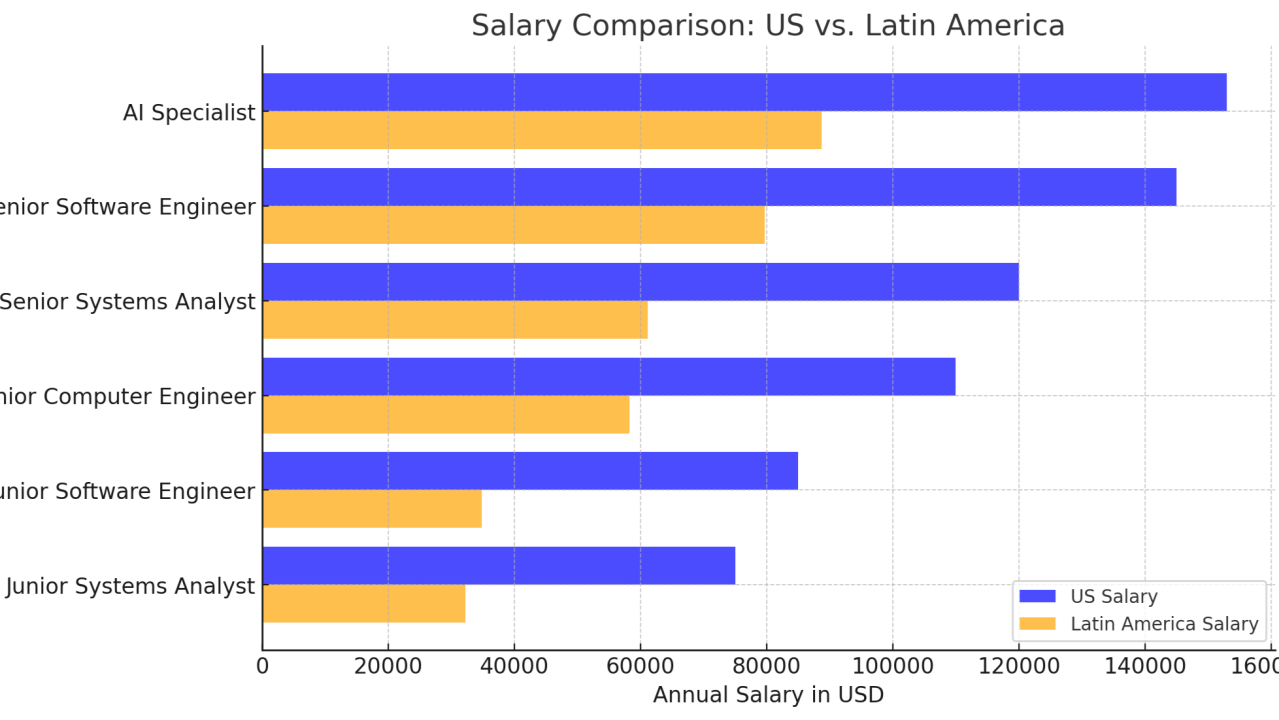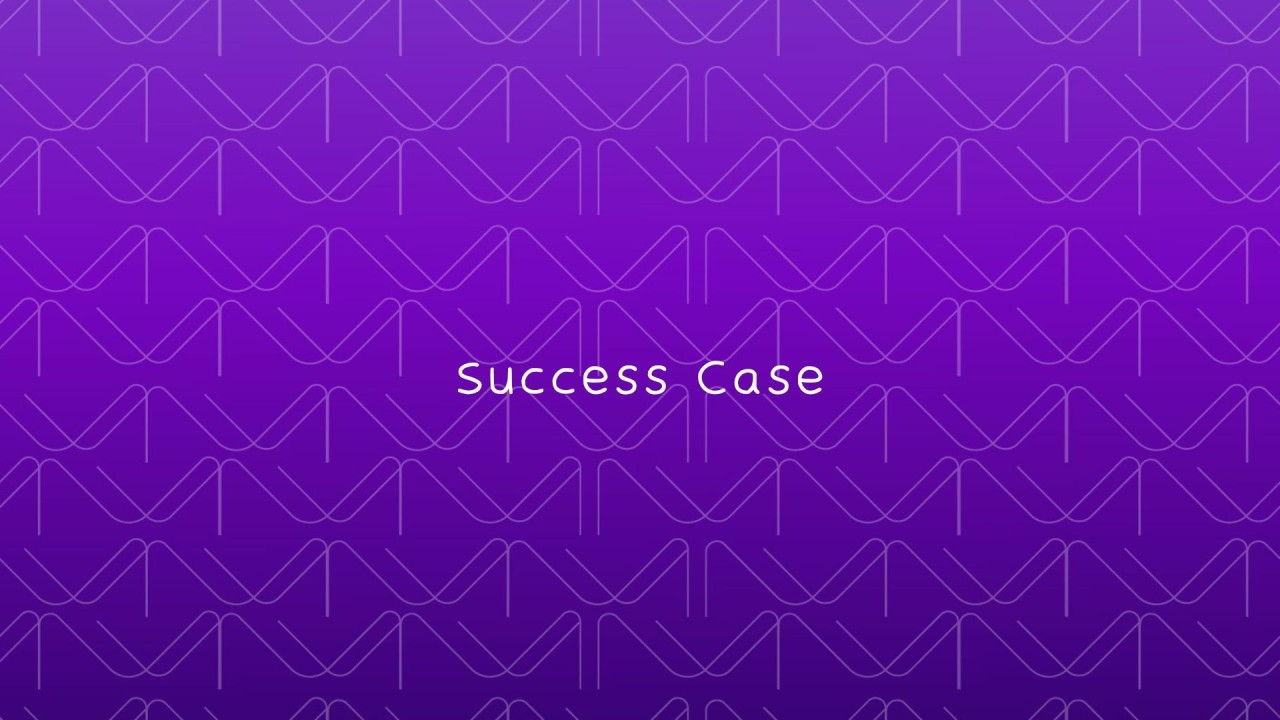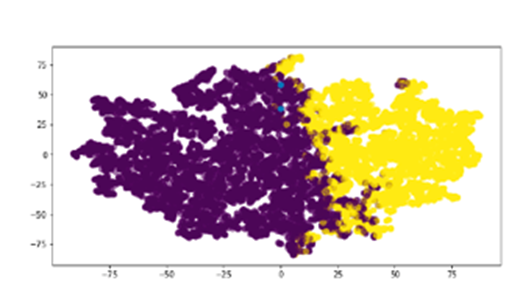
With increasingly demanding consumers, developing a successful product requires more than just knowing about the product itself. You need to understand business, people, technology, design, and… a little bit of everything.
🔭 Business vision is not optional: A Product Manager needs to understand how money is made, what regulates their industry, what customers want, what the competition is doing, how technologies are evolving, and what the risks are. Building a product without understanding the context is like flying without instruments.
📊 Data is the guru: Maturity in product management means moving from intuition-led products to a data-driven product culture—with traceable decisions, clear hypotheses, and the customer at the center. In this journey, design stops being just “what you see on the screen” and becomes a business strategy.
🤖 AI has joined the team: The classic product triad model identifies three key roles in product development: design, engineering, and product management. Their collaboration aims to create a unique user experience and a successful product. But how will this be affected by the arrival of AI? Most likely, teams will adopt new and diverse taxonomies to harness the potential of AI agents across different disciplines.
🙋♂️ What do you lead when you lead a product? The answer: whatever needs to be led. A unique mix of design, data, engineering, AI, marketing, sales, operations… and people. We need teams with commercial, technical, strategic, and human skills—and leaders capable of orchestrating them all.
🔎 Research throughout the process: Understanding the customer allows us to identify pain points, then formulate hypotheses, test them, develop an initial MVP, and continue iterating based on customer feedback.
🧡 Fall in love with the problem: Technology constantly changes, and we’re always tempted to innovate and jump on the latest trend. But the innovation that creates real impact is the one that solves customer problems. Starting with the problem, not the solution, is how you should build products.

With increasingly demanding consumers, developing a successful product requires more than just knowing about the product itself. You need to understand business, people, technology, design, and… a little bit of everything.

Explore the top free and paid AI tools for 2025, including the best AI chatbots, image and video generators, research assistants, and productivity apps. Compare features, pricing, and top picks for creative and professional use.

"Vibe Coding" is a form of programming where developers interact with code in a conceptual, AI-assisted manner, rather than manually writing each line.

The shortage of technology professionals, including programmers, engineers, and analysts, has intensified in the United States due to the increasing demand for specialized skills and a limited supply of qualified talent.

The need arise from the need to streamline the analysis of exams performed on patients who may present detectable pathologies through imaging studies, assisting the physician in making a faster and more accurate diagnosis.

Researchers at Sakana.AI, a Tokyo-based company, have worked on developing a large language model (LLM) designed specifically for scientific research.